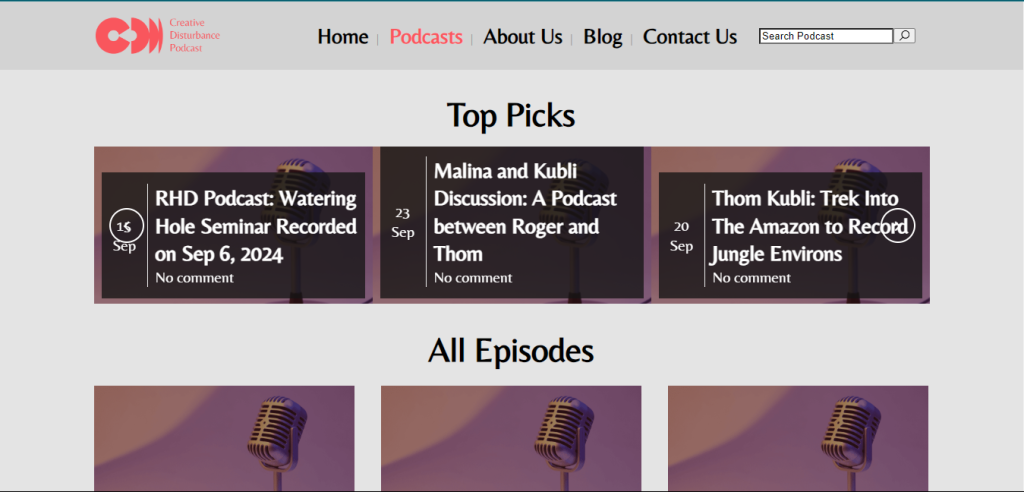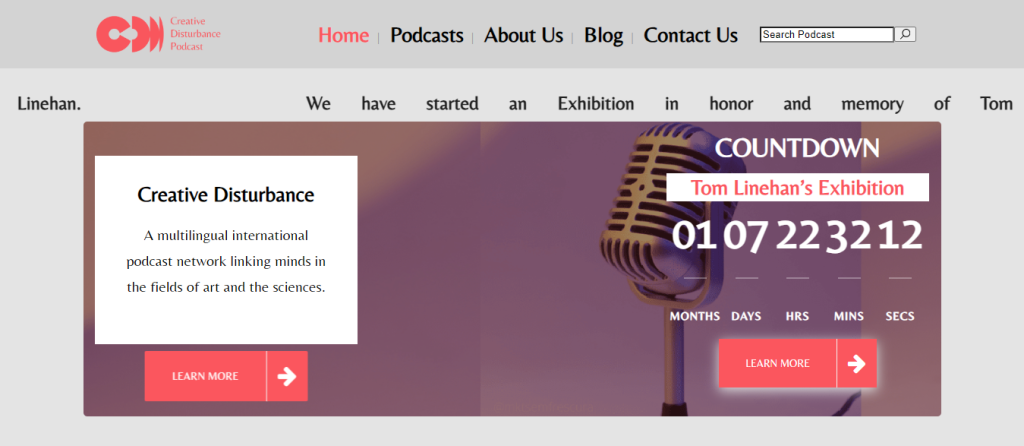27 Jul Reviving the Creative Disturbance Publishing (CDP) Project
The Team
The work of reviving the Creative Disturbance Publishing (now Publishing) project kicked off on June 20th, 2024. The team working on the project comprised 6 members and adopted the agile project management approach.

What is Agile Project Management?
Agile project management is an iterative approach to managing software development projects focusing on continuous releases and incorporating customer feedback with every iteration. Atlassian.com
In this methodology, members had the following responsibilities:
Product Owner: Prof. Roger Malina
As the Product Owner, Roger was responsible for defining the vision and goals of the software product, ensuring they align with the needs of the stakeholders and end-users. He prioritized the product backlog, providing clear guidance on which features and improvements to be tackled by the development team in each sprint.
Scrum Master: Evan Acuna
As the Scrum Master, Evan facilitated the agile process by ensuring the team adhered to agile principles and practices. He removed any obstacles that could impede the team’s progress, organized meetings, and fostered a collaborative and productive environment.
Development Team
Oskar (Architect): Oskar was responsible for designing the overall system architecture, ensuring that the technical infrastructure supported current and future requirements. He worked closely with the development and design teams to ensure seamless integration of various components.
Collins (DevSecOp Engineer): Collins focused on writing and maintaining the codebase, implementing new features, fixing bugs, and ensuring the software operates efficiently and effectively by integrating security at every stage of development. He collaborated with the architect and designers to bring the project vision to life.
Elmo (UX/UI Designer): Elmo was tasked with designing user interfaces and experiences that are intuitive, engaging, and accessible. He conducted user research and created wireframes and prototypes to ensure the software met user needs and expectations.

Rebecca and Jen (Graphics Designer): Rebecca and Jen created visual elements and graphics for software, including logos, icons, and images. They ensured that the visual design was consistent with the ArtSciLab and CDP’s branding and appealed to the target audience.
Sprint Cycles (Length: 1 Week)
A sprint is a short, time-boxed period when a scrum team works to complete a set amount of work. Atlassian.com
Sprint Planning: This occurred during face-to-face (with some members joining virtually) meetings every Friday at the ArtSciLab (ATC 3.209). During these meetings, the team discussed and selected the user stories and tasks they aimed to complete in the upcoming sprint, defining a clear plan for the week.
Daily Scrum: This occurred during virtual meetings on Teams every Monday, Tuesday, or Wednesday set on demand. The team used these meetings to provide quick status updates, discuss progress, identify any blockers, and plan their work for the day to ensure alignment.
Sprint Review: This took place during face-to-face (and virtually on Teams) meetings every Friday at the ArtSciLab (ATC 3.209) as well. The team demonstrated the completed work, gathered feedback, and assessed whether the sprint goals were met.
Sprint Retrospective: This was also conducted in face-to-face (and virtually on Teams) meetings every Friday at the ArtSciLab (ATC 3.209). The team reflected on the sprint, discussed what went well, and what didn’t, and identified actionable improvements to enhance their process for the next sprint.




No Comments